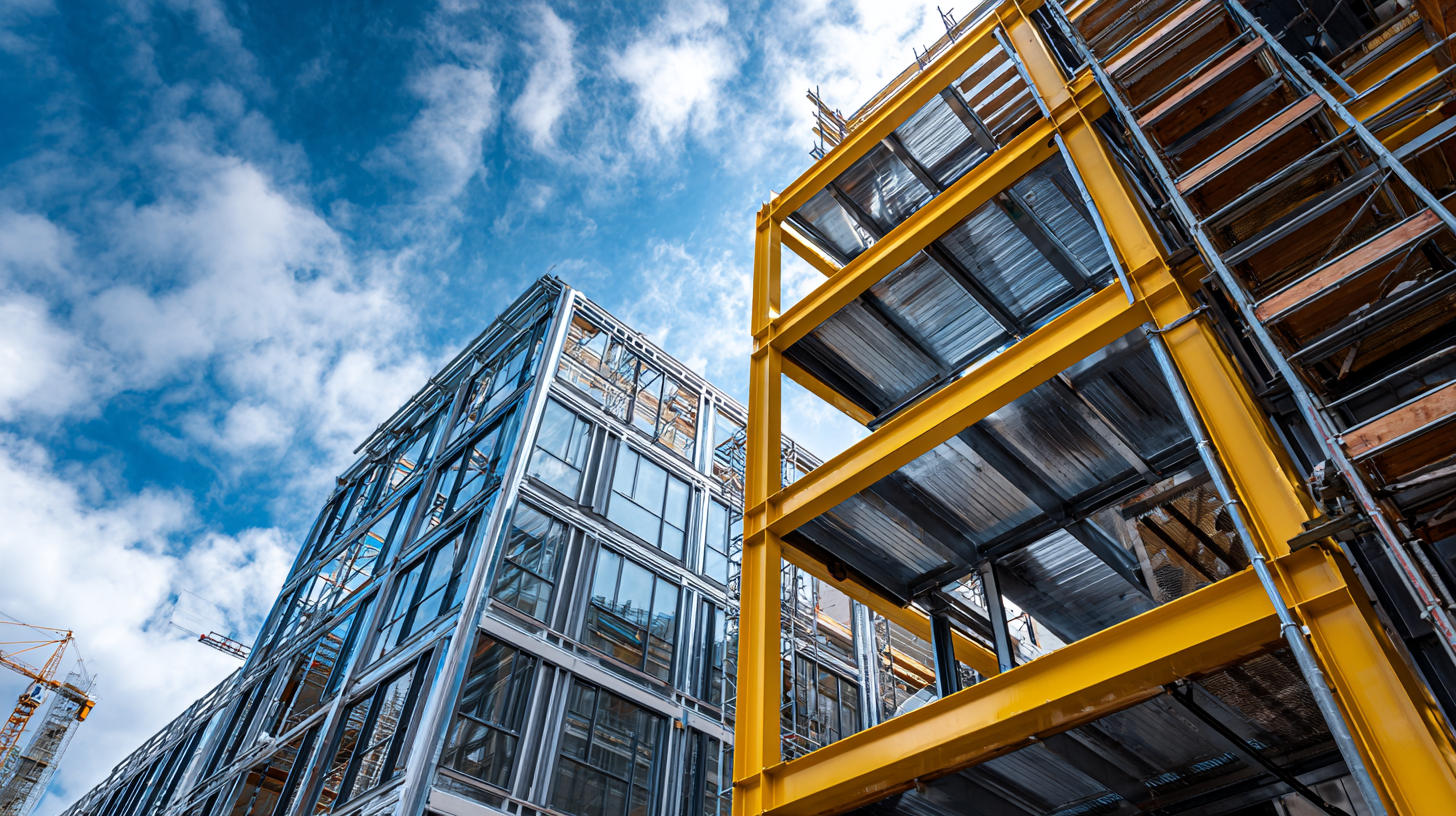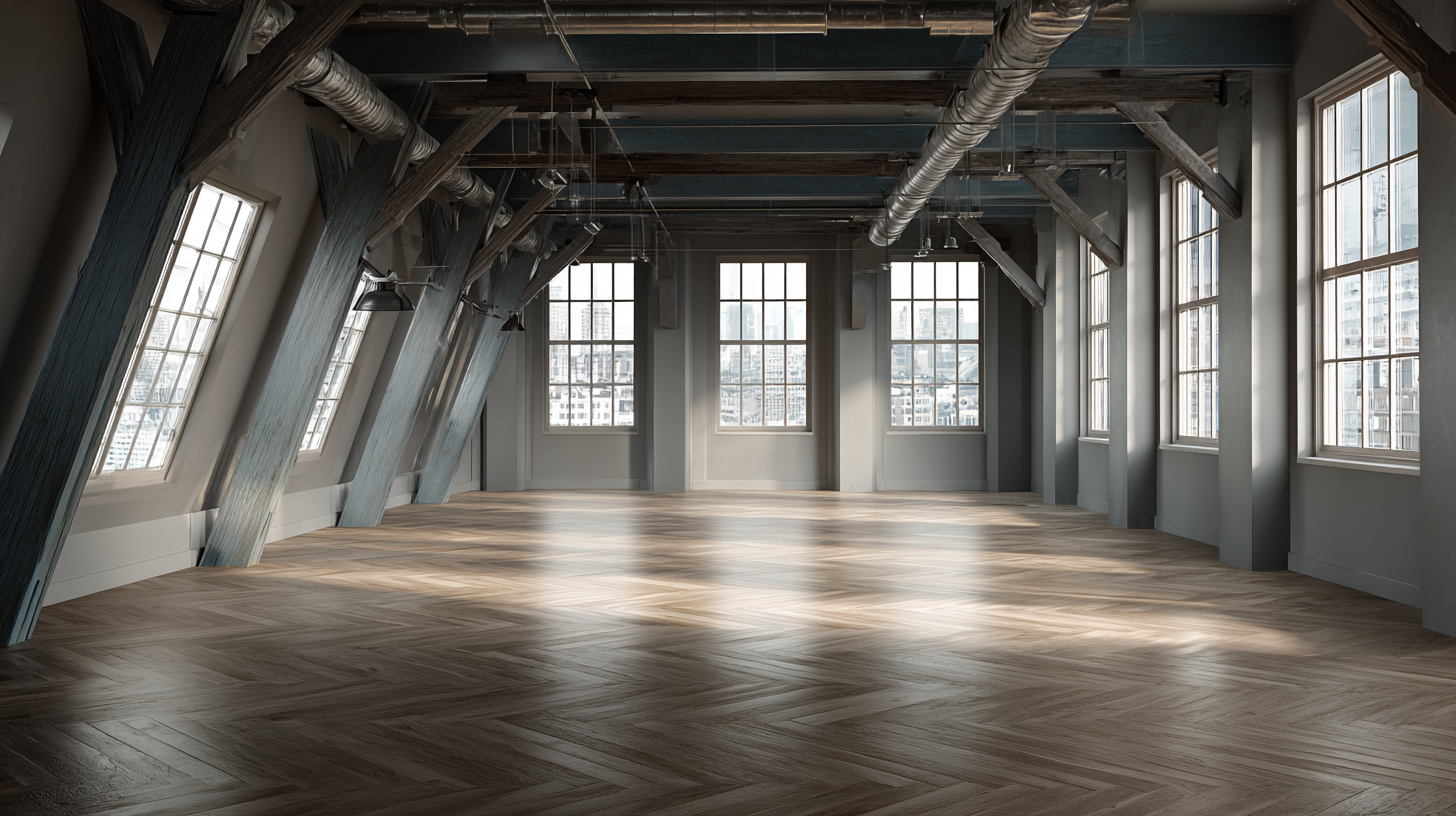
In today's construction landscape, the choice of materials is paramount, and steel frames have emerged as a top contender for builders and architects alike. According to a report by the Steel Construction Institute, the global steel frame market is projected to reach $120 billion by 2025, driven by its unparalleled strength, durability, and versatility compared to traditional building materials. As construction projects become increasingly complex, the need for reliable frameworks that can withstand both environmental pressures and the test of time is more critical than ever. This guide aims to navigate the essentials of selecting the right steel frames for your specific construction needs, ensuring you make informed decisions that enhance both safety and aesthetics while optimizing your investment.

When selecting steel frames for construction, it's vital to understand the various types available and their specific applications. One of the most common types is the composite steel frame, which combines steel and concrete to provide enhanced strength and stability. This is ideal for high-rise buildings where both weight and resilience are critical. The use of composite frames allows for thinner columns and walls, maximizing space without sacrificing safety.
Another prevalent option is the light gauge steel frame, which is particularly useful in residential constructions and smaller commercial projects. These frames are lightweight and easier to transport, making them a cost-effective choice for many builders. Additionally, they are resistant to pests and decay, which contributes to their longevity. Understanding these nuances in steel frame types helps builders make informed decisions tailored to their project requirements, ensuring both structural integrity and economic efficiency.
This chart illustrates the various types of steel frames used in construction along with their applications. The data showcases the common applications of different steel frame types, helping you to understand which frame may be best suited for your specific needs.
When selecting steel frames for construction projects, several key factors must be taken into account to ensure the right choice. Firstly, understanding the load-bearing capacity of the steel is crucial. Different projects will have varying load requirements based on the type of structure, whether it's residential, commercial, or industrial. Choosing the right grade of steel can not only enhance the durability of the frame but also significantly affect safety and long-term performance.

When it comes to selecting steel frames for construction, cost-effectiveness is a crucial factor that can significantly impact the overall budget of a project. Different types of steel frames offer varying advantages in terms of initial costs, maintenance, and longevity. For instance, while traditional steel frames tend to have lower upfront costs, they may require more extensive upkeep over the years, potentially increasing total expenditures. Conversely, investing in galvanized or stainless steel frames may elevate the initial price but can lead to reduced maintenance and replacement costs in the long run.

Moreover, the choice between prefabricated and custom steel frames can also affect cost-effectiveness. Prefabricated steel frames are typically produced in bulk, allowing for reduced labor costs and quicker assembly on-site. This approach not only accelerates construction timelines but also minimizes waste, making it a financially savvy option. On the other hand, custom steel frames, tailored to specific project requirements, can provide unique benefits but may involve higher expenses. Ultimately, evaluating the long-term benefits and potential savings associated with each option is imperative for making an informed decision that aligns with your construction needs and budget.
When selecting steel frames for construction, it's essential to consider their environmental impact. The construction industry is a significant contributor to CO2 emissions, and choosing sustainable materials can help mitigate climate change. Steel, when sourced responsibly, has the potential to enhance sustainability in construction projects. Its recyclability and durability mean that it can be reused multiple times, leading to a reduced overall environmental footprint.
**Tip 1:** Opt for steel produced using energy-efficient methods and investigate suppliers who have a commitment to sustainable practices. This choice not only reduces emissions but also supports the growth of green technologies in steel production.
**Tip 2:** Incorporate life cycle assessments (LCAs) to evaluate the environmental performance of different steel frames. Assessing factors such as resource extraction, manufacturing, transportation, and end-of-life recycling can provide a comprehensive view of their potential impact.
By prioritizing environmental factors in the selection process, construction professionals can greatly influence the sustainability of their projects and contribute to a greener future.
When it comes to sourcing the right steel frames for your construction projects, effective collaboration with suppliers is crucial. Building a strong relationship with your steel frame supplier can lead to better pricing, improved service, and enhanced quality. To foster this relationship, start by clearly communicating your project requirements and specifications. This transparency helps suppliers understand your needs and enables them to tailor their solutions accordingly.
Another essential tip is to engage in regular communication throughout the project lifecycle. Establishing a routine for updates ensures that any potential issues are identified early, allowing for timely resolutions. Additionally, consider visiting the supplier’s facility if possible. Seeing their operations firsthand can provide valuable insights into their capabilities and lead to more informed decisions about material choices.
Finally, don’t hesitate to seek out feedback from your suppliers based on their expertise. They can offer recommendations on the best materials for your specific needs or innovative ways to reduce costs without sacrificing quality. By valuing their input, you not only enhance collaboration but also pave the way for optimal steel frame solutions that meet your construction demands effectively.
| Dimension | Material Type | Load Capacity (lbs) | Common Uses | Supplier Collaboration Tips |
|---|---|---|---|---|
| 2"x2"x1/4" | Mild Steel | 2,000 | Residential Framing | Discuss custom lengths |
| 3"x3"x1/4" | Galvanized Steel | 3,500 | Commercial Buildings | Request samples for quality checks |
| 4"x4"x1/2" | Stainless Steel | 5,000 | Industrial Applications | Negotiate bulk pricing |
| 2"x4"x1/4" | Cold Rolled Steel | 1,500 | Interior Framing | Ensure timely delivery schedules |





